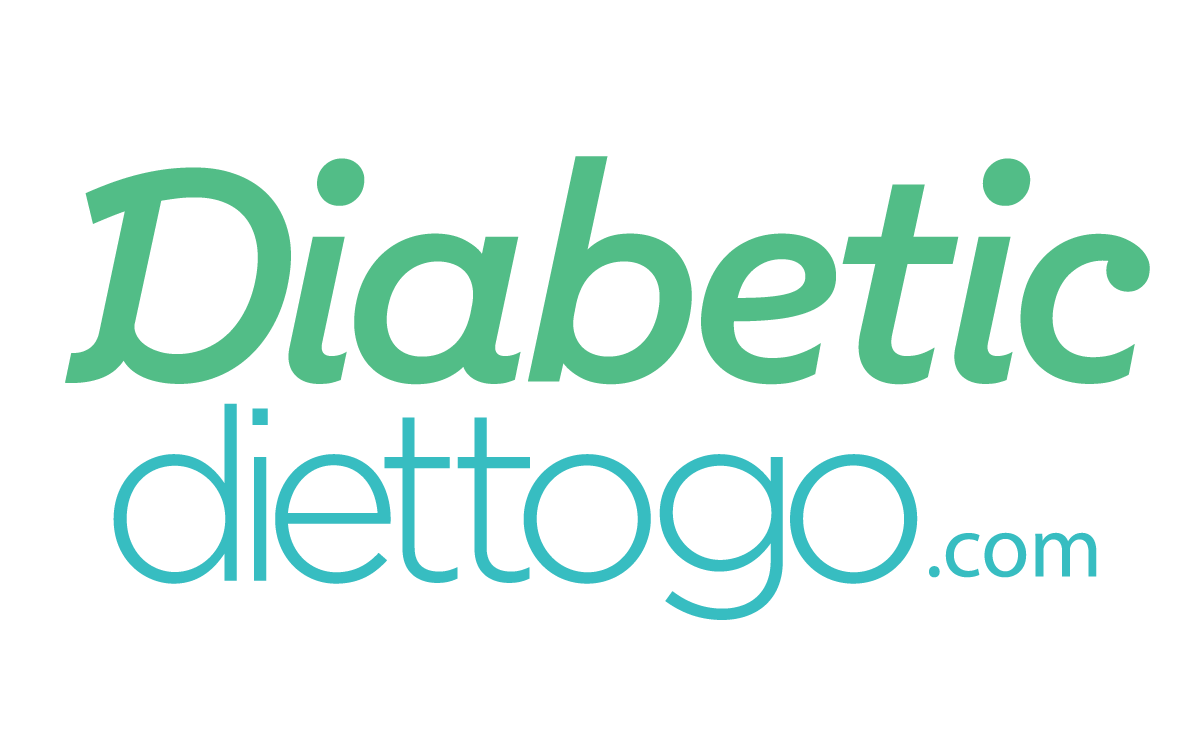How to Start an Effective Fitness Routine
Feb 4, 2009
Okay, so you're ready to get into shape. Great! Best to head over to the gym now for a workout, right? Well, not so fast…
Perhaps the most underappreciated aspect of successful exercise programs is the importance of setting goals before beginning a routine. Goal setting qualifies what benefits you’re looking to get from your workout and thus helps to sustain motivation over a period of time.
If your goals are meaningful, you’ll be motivated to get your butt into the gym no matter how tired or lethargic you feel. And nothing is more vital to an exercise program than adherence; remember, you can't get fit if you don't train!
What follows is an excerpt from my book, Women's Home Workout Bible (Human Kinetics), on how to set effective goals. Heed this advice and I guarantee it will help to improve exercise adherence and keep you focused on getting the body you've always dreamed about.
The 10 minutes it takes to set your goals will be some of the most productive moments you've ever spent.
Goal Setting Basics
For goal setting to have any real value, a goal must be both quantifiable and attainable. If both of these criteria are not met, the goal is non-specific and therefore not meaningful. Non-specific goals cannot be readily achieved and are apt to result in frustration.
Let’s discuss these criteria in greater detail:
In order for a goal to be quantifiable, it must be specific and measurable.
For example, losing 20 pounds in three months is a quantifiable goal. You can weigh yourself today and again three months from now to see whether you have met your goal. The scale will indicate your degree of weight loss in a measurable context.
Other examples of quantifiable goals include dropping a dress size in six weeks, increasing your bench press by 10%, and reducing total cholesterol by 50 points.
Conversely, wanting to look good is not a quantifiable goal. It’s subjective and cannot be measured by any definable standards. A “goal” like this is doomed by ambiguity and won’t reinforce your motivation to train.
In order for a goal to be attainable, it must be realistic.
For example, losing 20 pounds in three months is an attainable goal. Losing 90 pounds in three months is not. Squatting 100 pounds might be an attainable goal while squatting 500 pounds probably isn’t.
If a goal isn’t attainable, it can serve as a de-motivator, making you feel as if all the sweat and effort you’re expending is pointless. It is better to set modest goals that are readily within reach. This lends to a feeling of accomplishment and spurs you on to loftier goals.
Whatever goals you decide to pursue, break them down into short time frames of no more than three months.
By limiting the time horizon of your goals, you are able to accomplish them in a reasonable period of time. This promotes positive feedback and boosts self-confidence.
For example, losing 30 pounds might appear to be a daunting task, but losing six pounds a month for five months seems eminently more attainable. After a mere 30 days, you can relish the fact that you achieved your goal and set your sights on the next objective.
Once you’ve formulated your goals, commit them to paper and post them in an area that’s plain to see.
This provides a sense of accountability. You can’t forget them or sweep them under a rug. They’re there in black and white to remind you why you need to train.
Whenever possible, create incentives to help you reach your goals.
For example, if weight loss is desired, buy an expensive dress that’s several sizes too small. The thought of having a beautiful dress sitting unused in your closet should be enough of an impetus to get you into the gym.
Alternatively, have your husband or boyfriend agree to take you away on a romantic vacation if you drop a certain number of dress sizes. Getting others involved in your fitness efforts will provide a support network that can spur you on to greater heights.
Once you accomplish a goal, you should immediately set new ones.
This will keep you focused in your efforts and allow you to maintain a high degree of motivation.
Goals should be reviewed on a periodic basis to make sure that they are consistent with your present objectives. Goals will often change as you progress in your fitness endeavors and reevaluating your position will help to ensure lasting compliance.
Stay fit!
BradBrad Schoenfeld is one of America’s leading fitness experts. He’s the best-selling author of Sculpting Her Body Perfect, 28-Day Body Shapeover and his newest book, Women's Home Workout Bible. Schoenfeld is certified as a strength and conditioning specialist by the National Strength and Conditioning Association and as a personal trainer by both the American Council on Exercise and the Aerobics and Fitness Association of America. He’s also been named “master trainer” by the International Association of Fitness Professionals. Check out his website at www.lookgreatnaked.com









